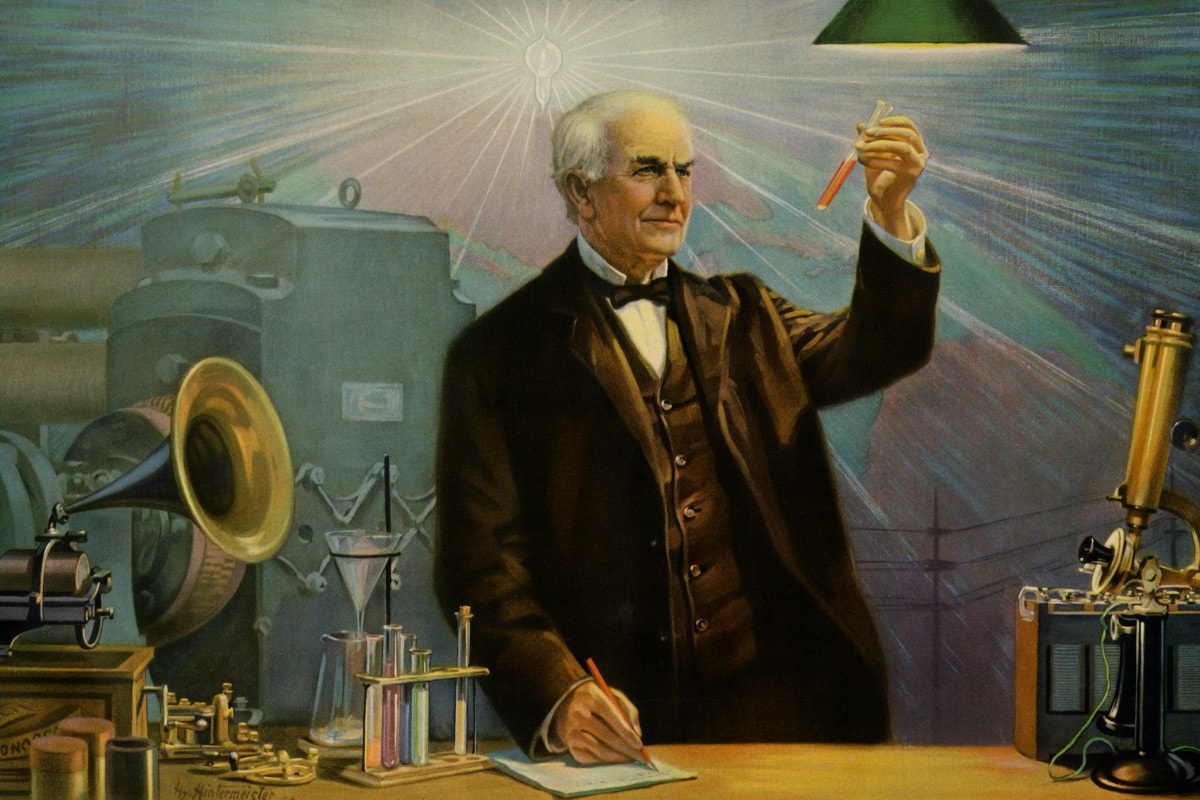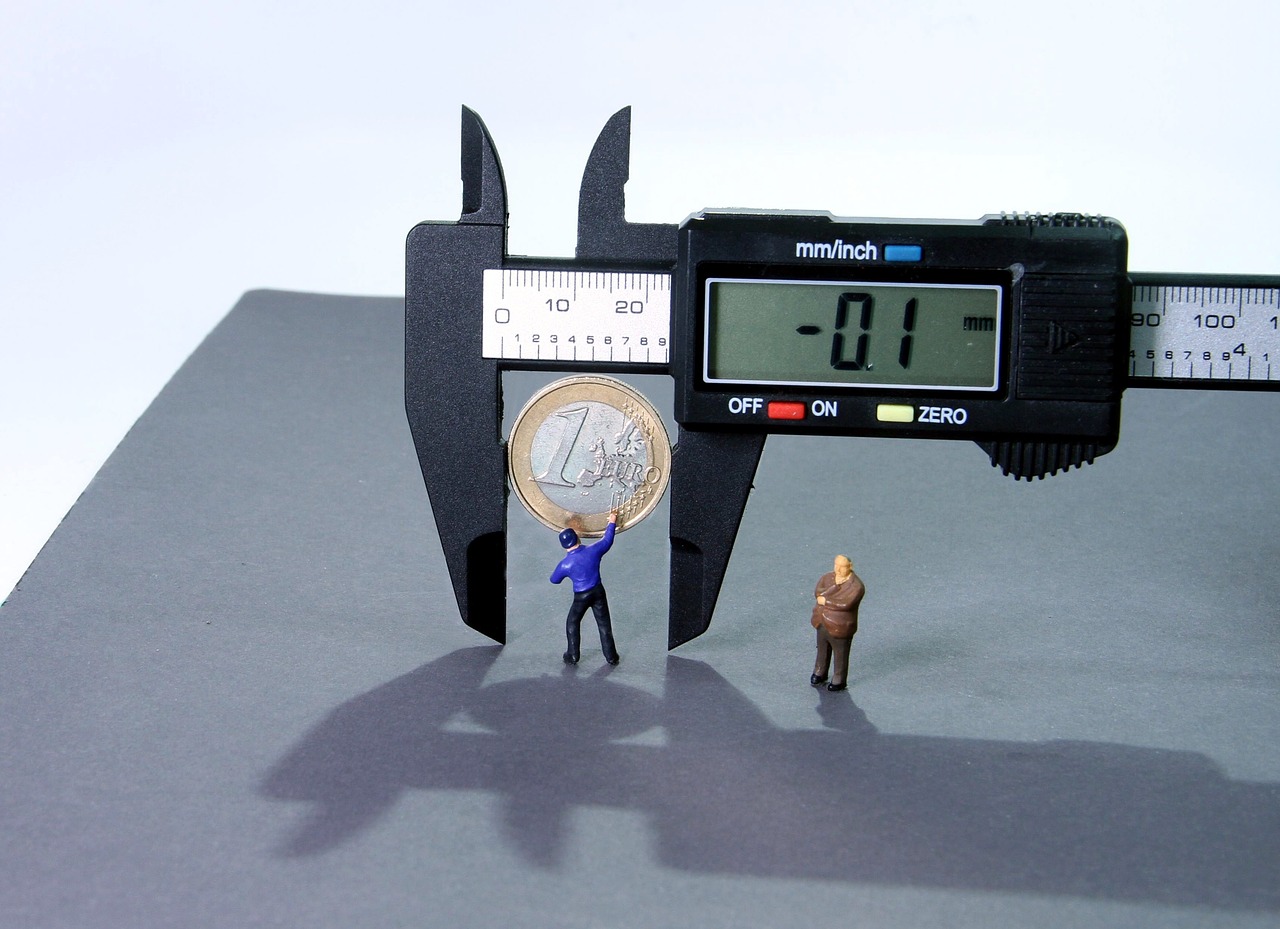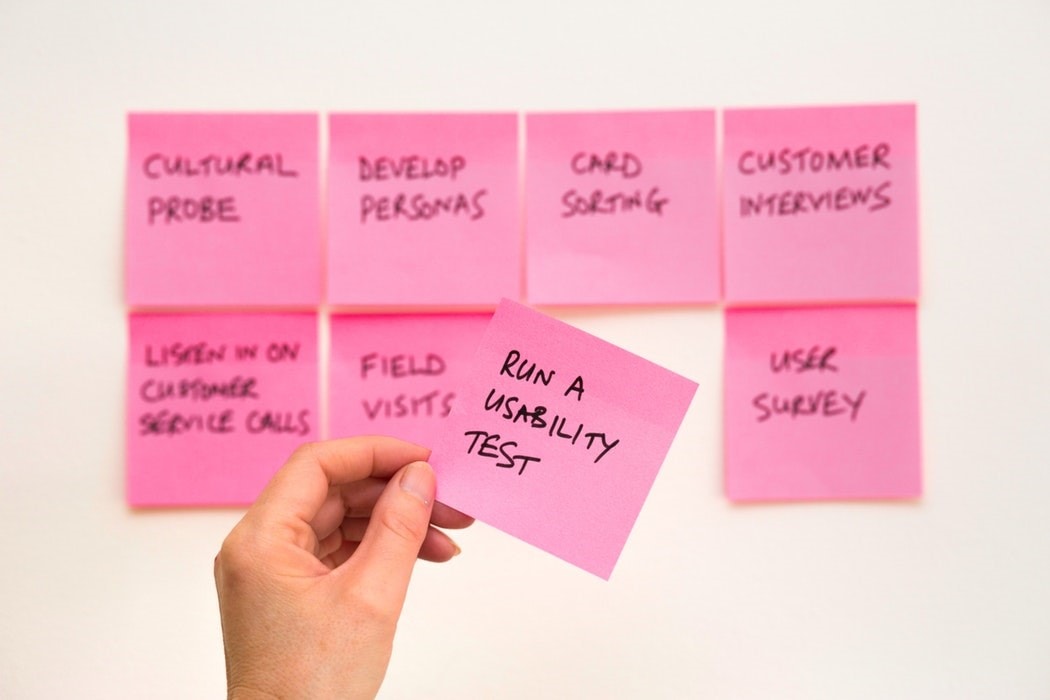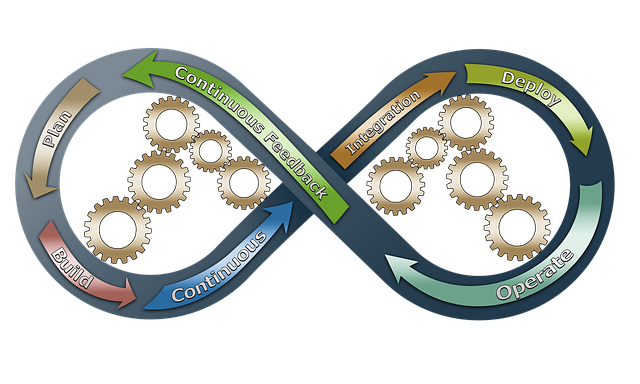Developing an idea can be quite a creative task but nothing compares to the kind of devotion it requires to put that idea in a real thing. As an entrepreneur, a lot of you must have gone through the cracking process of generating new ideas and overcoming the ultimate challenge to make it practical.
This takes us to an important part of a product’s journey, the MVP. MVP is basically the Minimum Viable Product which represents as a prototype of your product. When the product comes to reality, it has the countless potential to being tested. This is the reason why MVPs are really important.
When you can put your product to test, you will come to know its strong and weak points, you can modify your ideas into it and most importantly, you can present it in front of people who are willing to invest money in your product.
MVP Need?
Developing MVP
The development of MVP requires the same requisites as developing the final product.
MVP is perhaps considered to be a prerequisite of a final product.
Here are a few steps you can take into considerations to develop your MVP:

1. Research the Market Needs
You can very well draw an example from Thomas A. Edison’s case, Edison who is known as the greatest innovator of all times, had to face failures because of lack of research on his market.
Once he uprightly went on and invented a product but when it got rejected by the Senators, he was taken aback.

The reason it got rejected wasn’t that if his product was not good enough but because it was in no way going to take place in the market.
It had no demands from the public and there was no point of taking it to the market.
You must know if your product is actually desired or not or else it will just be a bad investment since nobody will be willing to buy it. so the foremost step is to conduct good research on the market that you are targeting.
For this, you can both go directly into the market and make an in-depth field study or conduct surveys to deduce how much your product can fit in the market and how much acceptance will it gain by the people.
2. Insert a Value
You must think if your product can make changes or a difference in your customer’s life and how much difference is it going to make. Obviously, the more value it provides, the more it will sell.
Also, it will help your product in leaving an afterimage in people’s mind and they will rely on your product.

3. Get into Designing

Your content goes here. Edit or remove this text inline or in the module Content settings.
You can also style every aspect of this content in the module Design settings and even apply custom CSS to this text in the module Advanced settings.
4. Insert the Features
Obviously, you’ll have a vision of your product, how you want it to be like, what is going to look like, how is it going to be different and all the other speculations in it.
Once you are done listing it out, you can now start working on it. this is going to give a shape to your product, it will make it outshine so make sure that you’re working mindfully on it.

5. Actual Development

Once your MVP is live, it can be put open to all kinds of feedbacks and re-evaluations.
You can make all the necessary changes to it as per the feedback received by users and fix glitches and bugs if there comes any.
6. What Comes Next
There must always be two simultaneous processes going on to ensure the best outcome for your MVP, these are; product development and product marketing Now that you have developed your product, you can’t just rely its success based on your assumptions.
Sure, you must have developed your MVP just like you thought you would but those assumptions made by you may not be well-received in the market.

For that, you need to do the A/B testing. Experimenting out the different versions of your product can benefit you by giving accurate feedback from the users about which version do they like the most. This is most likely to work in your favour if you’ve developed software or some website.
Try on different layouts, colours, fonts, images, etc and see which gets the most likes and dislikes. After that, you can judge well about which version to put and which version to discard out of the plan.
- A/B Testing 80%
To fulfil the marketing needs, you must start sharing the words with your customers even before the product is ready and as soon as it gets a life, you should follow-up with the customers. For the same, you can write blogs, makes explanatory videos, put the product live on the website for people to buy it, promote it on social media and so on.
Without good marketing, your product will never be able to make it to the right place and get the required feedback from the customers. You can also out-source a good marketing team if you like; this will permit you to devote more time to the development part.
7. Minimum Viable Product Agile
While you are getting your MVP onboard, you must also remember the concept of agile, which is often used in developing procedures to make sure that everything is going according to the plan and how!
Cross-checking with the investors in a timely manner will keep them assured about the project that they have invested in. It often happens that they’d like to keep things a certain way and may want to suggest some changes.
If you’re giving them real-time updates about the progress of your work and how it is being done, they will also be able to contribute and be confident about your product. This will promote a compact communication between the two parties and healthy progress too

Being agile doesn’t mean that you are using a particular tool but rather, it is a ‘mindset’ or the way of getting things done in a faster and more effective manner.
To apply the same in your MVP development program, you can use various tools, whichever works the best for you, to keep your team agile and active.
The concept itself isn’t established in the business world but you can come across a lot of companies who follow this mindset and prove to function more effectively than those who don’t.
Conclusion
Developing your MVP can become less tricky of a task if you will adapt your team to such methods and work collaboratively.
It creates a win-win situation for the product development team, the investors, the customers and of course, your Minimum Viable Product.




Recent Comments